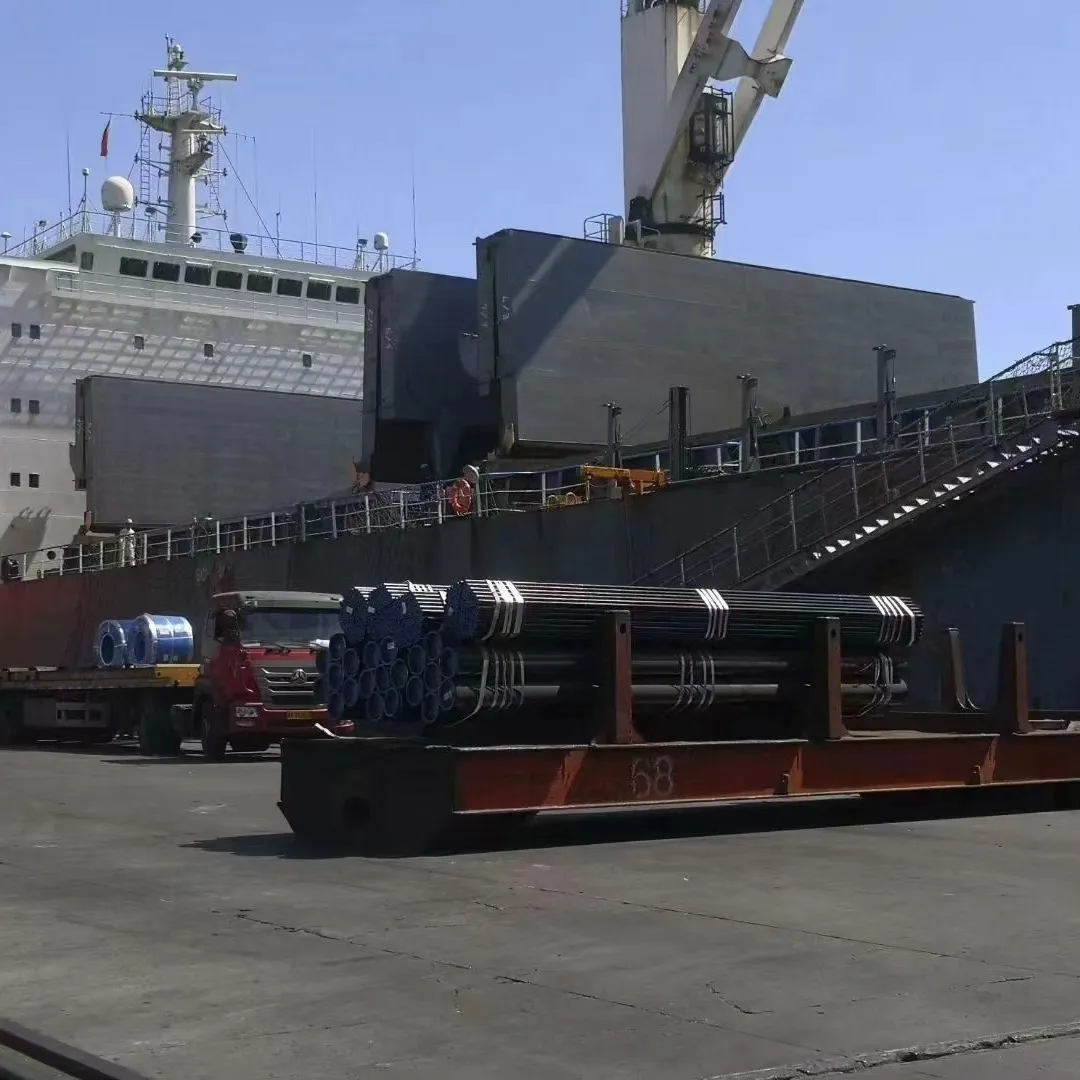Current location:
stainless steel tube forming
Date:2025-08-18 02:12:29 Read(143)

Understanding Butt Weld Tees An Essential Component in Pipefitting Butt weld tees are crucial components in piping systems, widely used in various industries such as oil and gas, water treatment, chemical manufacturing, and construction. These fittings allow for the connection of three pipes, enabling efficient flow distribution and system versatility. This article provides an overview of butt weld tees, their types, applications, and benefits. A butt weld tee essentially consists of a straight pipe section joined with another pipe at a right angle. The connection is made through a welding process that ensures a strong and leak-proof joint. This type of tee is particularly favored for its ability to handle high pressure and temperature conditions, making it ideal for demanding applications. There are two primary types of butt weld tees equal tees and reducing tees . Equal tees have three pipe ends of the same diameter, allowing for equal flow distribution in multiple directions. Reducing tees, on the other hand, have one end with a larger diameter and the other two ends with smaller diameters, enabling a transition between different pipe sizes. This aspect is critical in cases where a flow needs to be redirected or when the piping system has varying diameter requirements. butt weld tee The manufacturing process of butt weld tees involves cutting and forming raw materials, typically steel, stainless steel, or other alloys, to meet specific standards. The quality of these fittings is paramount, as they must withstand the stresses of fluid flow and external forces without failure. Manufacturers often adhere to industry standards such as ASME (American Society of Mechanical Engineers) and ASTM (American Society for Testing and Materials) to ensure safety and reliability. One of the primary advantages of butt weld tees is their ability to create a seamless flow path. Unlike threaded or flanged fittings, butt welds do not have internal obstructions, allowing liquids or gases to flow smoothly without turbulence. This feature is particularly important in applications where flow efficiency and pressure stability are critical. Additionally, the strength of butt weld tees makes them suitable for high-pressure applications. The weld joint created during installation provides a robust connection that minimizes the risk of leaks and potential failures, which is essential for maintaining safety in hazardous environments. In summary, butt weld tees are integral to effective piping systems, offering superior strength, seamless flow, and versatility in various applications. Understanding the types and benefits of these fittings is essential for engineers and technicians working in pipeline construction and maintenance. As industries continue to evolve and demand more efficient and reliable systems, the importance of high-quality components like butt weld tees will only increase, underscoring their significance in modern pipefitting practices.
Share:
Previous: Best Practices for Selecting Pipeline Welding Rods in Industrial Applications
Next: Cost Analysis for 1 Inch Elbow Pipe Fittings in Current Market
Kind tips:The above content and pictures are compiled from the Internet and are for reference only. I hope they will be helpful to you! If there is any infringement, please contact us to delete it!
You may also like
- Exploring the Features and Benefits of Indux SPS Pump for Efficient Fluid Management Solutions
- DIN Flange PN16 Specifications and Applications in Industrial Settings
- Design and Application of 1% 4% 90 Degree Elbows in Pipeline Systems for Optimal Flow Dynamics
- Choosing the Right Blind Flange for Your Piping Needs and Applications
- Exploring the Characteristics and Applications of A333 Grade Steel in Industrial Use
- en1092 flange dimensions
- Components and Accessories for the Wet End Section of Industrial Machinery and Equipment
- Flange Options Available for Purchase at Competitive Prices Online
- Exploring the Advantages and Applications of Positive Rotary Pumps in Industrial Settings Today